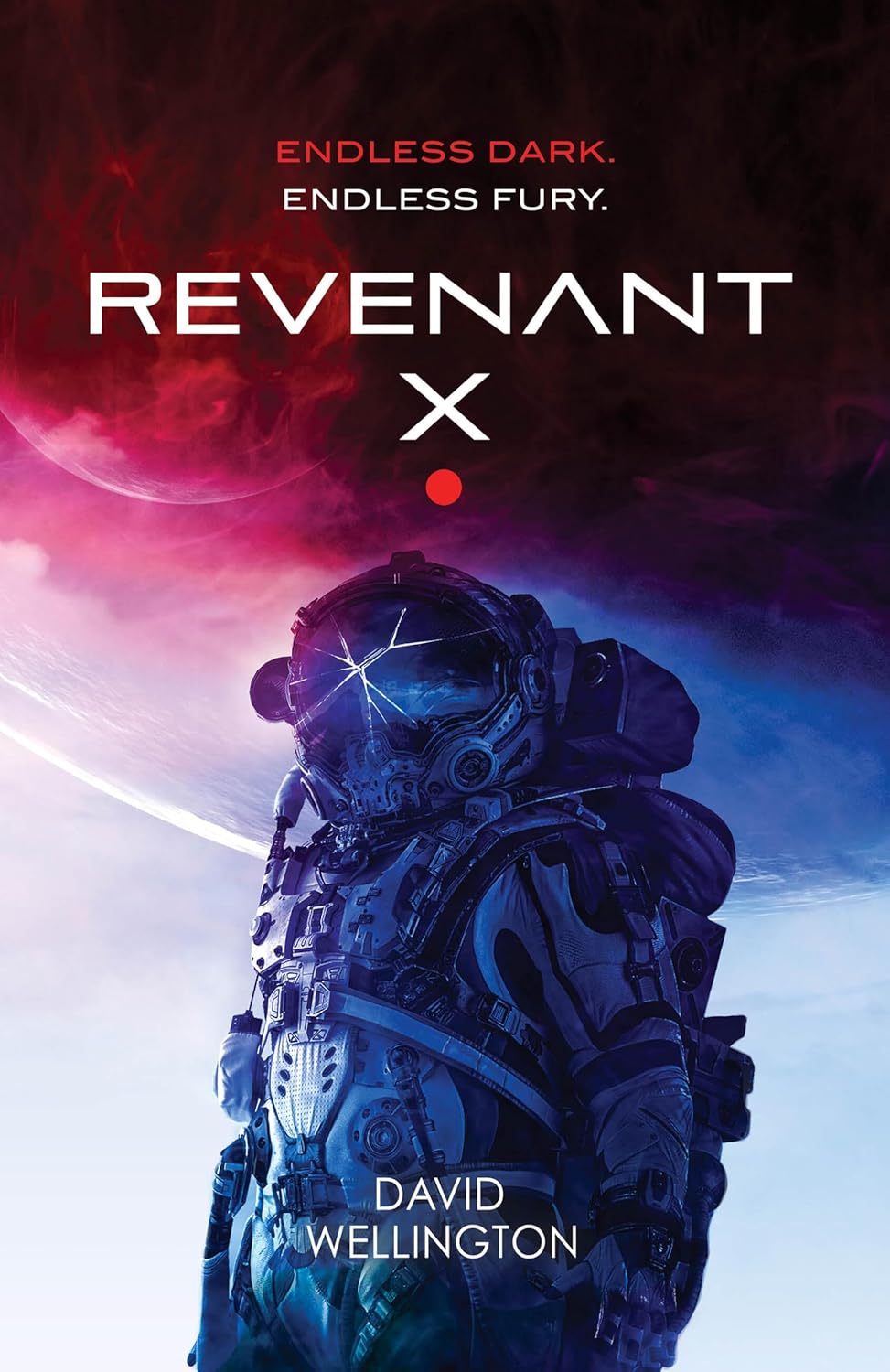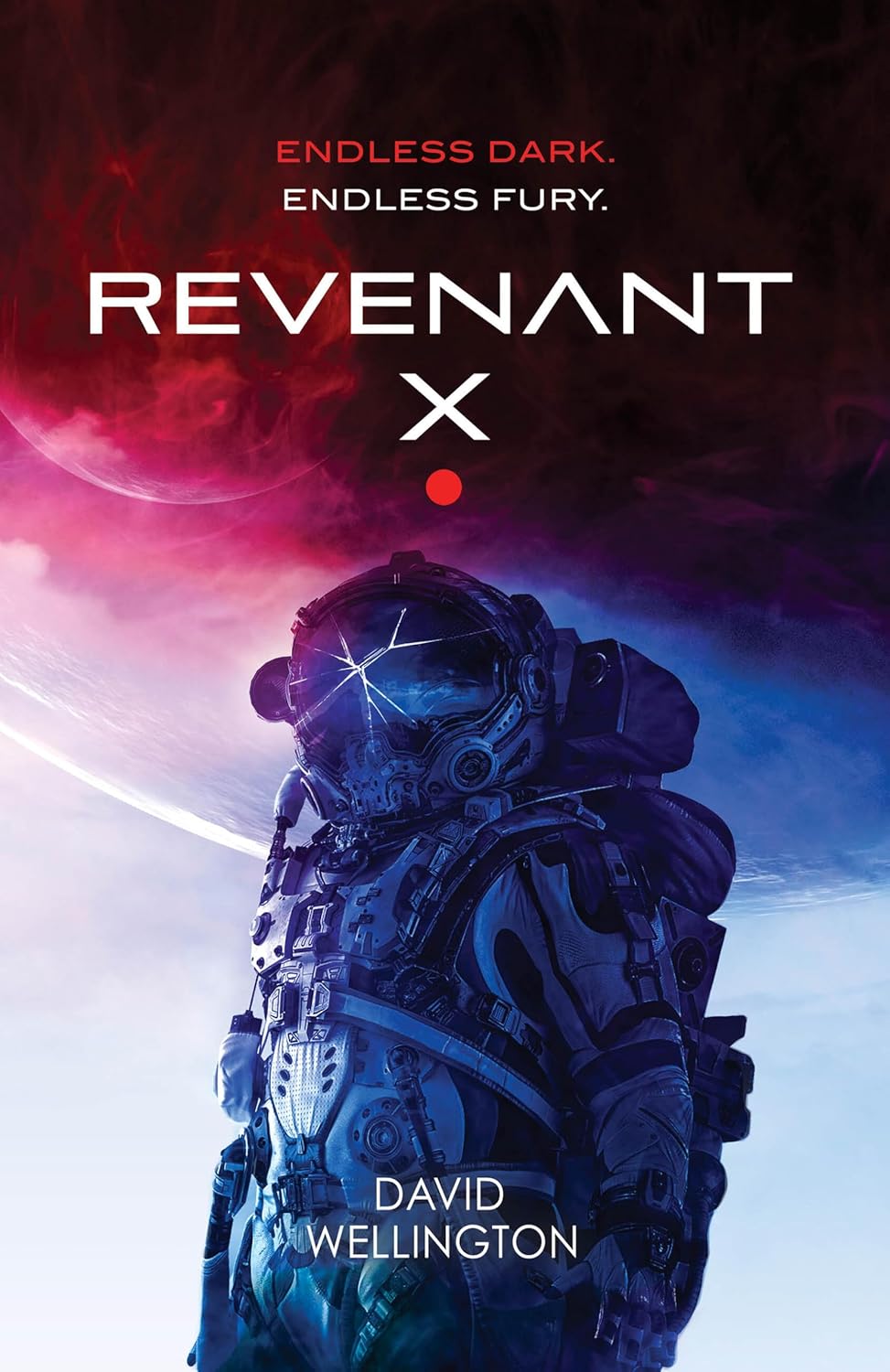As an avid reader of science fiction and horror, I was thrilled to dive into David Wellington’s Revenant-X, the highly anticipated sequel to Paradise-1. I had fallen in love with the dystopian themes and the richly developed characters in the first book, and I was eager to see where the adventure would lead next. With a combination of survival, exploration in deep space, and a gripping storyline, this sequel promised to be both chilling and thought-provoking.
In Revenant-X, we rejoin Firewatch agent Alexandra Petrova and her crew aboard the Artemis as they face the darkness surrounding the first deep-space colony, Paradise-1. The tension is palpable right from the start, as their mission quickly reveals that the once-thriving colony is, indeed, desolate—but not entirely empty. The narrative plunges you headfirst into a nightmare where some of the colonists linger, albeit transformed into something not quite human. It’s a classic premise that aligns beautifully with themes of fear and survival.
One of my favorite aspects of this book is the depth of character development. Wellington has a remarkable talent for making you empathize with his crew. Their growth from the chaotic backdrop of Paradise-1 into more connected individuals unfolds gracefully. Readers can especially feel the emerging camaraderie among the team, reminiscent of a Greek tragedy set against a futuristic canvas, as one reviewer noted. There are moments of genuine care and humor that lend a comforting thread to the harrowing narrative, making you root for them all the more.
Moreover, Wellington expertly balances cosmic horror and sci-fi elements. While some readers felt that this installment lacked the same level of suspense and horror compared to its predecessor, I believe it presents a different kind of thrill. The horror might be dialed back slightly, but the exploration and tension crafted through action sequences and character interactions kept my heart pounding throughout. The revelations about the colony’s fate are well-paced, almost feeding your desire to uncover the mystery slowly, like pulling back layers of an onion.
However, it’s fair to mention a few drawbacks. For some readers, the pacing slowed down notably in segments, particularly in the middle, where the storyline felt a bit like it was setting the stage for the next installment without enough immediate payoff. Jason’s perspective resonates with me here, as I occasionally found myself wishing for a bit more momentum. Additionally, while I found the characters lovable—particularly the witty robot Rapscallion—some readers may feel that certain individuals could have offered deeper arcs or more engagement.
The setting of Paradise-1 could have also benefitted from more expansive world-building. While the eerie landscape is appropriately described, I feel there was potential for more vivid and imaginative descriptions that highlight the uniqueness of this world, something that more detailed readers may seek for immersion.
Overall, Revenant-X is a satisfying continuation of the journey into the unknown, with character arcs that left me emotionally invested and a mystery that lingers. Despite its moments of slower pacing and potential missed opportunities in world-building, it provides an enjoyable reading experience filled with action and unsettling revelations.
As I closed the book, my craving for the final installment grew even stronger, and I can genuinely say that I’m excited to see what David Wellington has in store for us next. If you enjoyed Paradise-1 and are looking for a blend of sci-fi exploration and enigmatic horror, I wholeheartedly recommend picking up Revenant-X. It may have its drawbacks, but it’s a worthy addition to the series that will certainly keep you engaged and guessing until the very end.
Discover the thrilling adventures in Revenant-X, the second installment of the Red Space series! >>








